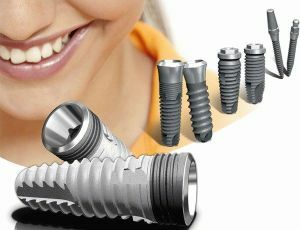 The abundance of dental clinics in any city raises the question: why are they needed in such quantity?
The abundance of dental clinics in any city raises the question: why are they needed in such quantity?
The answer is simple: teeth should serve a person, and not cause embarrassment and inconvenience. For this, there is also dental care. And dental implantation, in particular.
This is a method of replacing worn out and non-recoverable teeth with artificial implants. On a firm foundation.
It allows to completely restore both the mechanics of chewing and the physiology of the oral cavity, as in the variant with the teeth hopelessly sick and to the uttermost worn, and with the teeth lost. Either for one reason or another absent.
In place of which arise - that is, implant and implant the newest tooth structures.
Constructions:
- functional( allowing to process food with any properties);
- with a long service life( up to 25 years) and the ability to be easily repaired;
- satisfying the requirements of aesthetics.
The method is almost universal, at this stage of history it helps to help in cases previously completely hopeless.
Contents
- Recovery of lost teeth is possible!
- To whom and when the dental implant
- is contraindicated Which method is preferred?
- Stages of implantation
- At the stage of preparation
- At the surgical stage
- At the orthopedic stage
- Stage of regenerative and care
- Is opinion
- Price as equivalent to quality
Restoration of lost teeth is possible!
Indications for this type of prosthesis are the following dental abnormalities:
- absence of one of the teeth;
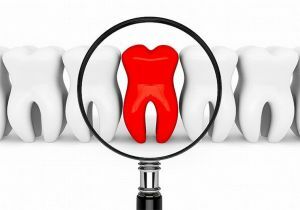
- completely missing teeth on jaw upper or lower;
- defects of four or more teeth:
- deficiencies in the dental rows of a discharge of one or two bilateral end defects;
- atrophy of the alveolar processes:
- it is impossible for the patient to use removable dentures due to reflex vomiting, both for the presence of any foreign body in the oral cavity, and for intolerance to the taste of the plastic from which the prosthesis is made, or because of the specificity of the profession;
- development of diseases of the digestive system due to lack of chewing food due to lack or small number of teeth.
The age range of patients includes an interval from 18 to 70 years.
To whom and when the dental implantation of
is contraindicated. However, the installation of dental implants can not be performed by anyone.
As for any surgical treatment - and this is a full-scale and extensive surgical intervention of a large degree of complexity, which can require carrying out in several stages - there are contraindications for the method.
They are few, but to resolve the issue of the possibility of surgery require a consultation not only in the face of a dental surgeon and orthopedist, but also a doctor-periodontist and an orthodontist.
These are cases of a common disease, when any operation is absolutely contraindicated in view of:
- tuberculosis or other acute infection;
- oncological disease or the period of radiation therapy in general and in the head-neck region, in particular;
- diseases, both blood and blood-forming organs;
- diseases of the osseous-articular system, in particular, the class of collagenoses;
- immunopathology;
- of CNS congenital or acquired, including mental illness;
- chronic alcoholic or narcotic intoxication.
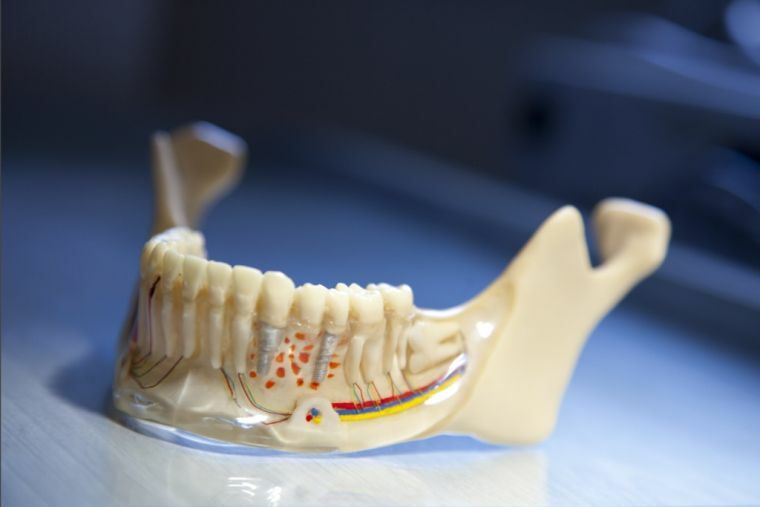
Other absolute contraindications are:
- the presence of a woman in a state of pregnancy;
- the age of the patient is less than 18 years.
Impossible to perform dental implantation and for dental reasons - in the presence of pathological changes or formations in the oral cavity, concerning:
- soft tissue:
- of the lower or upper jaw.
Relative, requiring a certain preparation for the implantation of the structures replacing the roots of the teeth, are the options in the form:
- insufficiency of the hygienic state of the oral cavity:
- inflammation in the mucous membranes and periodontium;
- of the osteoporosis of the jaw bones;
- of the bite pathology;
- bruxism;
- arthrosis-arthritis or other pathology of the temporomandibular joint, leading to a disorder of its function;
- needs to smoke.
Which method is preferable?
The methods of dental implantation differ in the way they are performed( classical surgical or with the help of a laser scalpel), the shape of implants( with a screw or other base) with the difference in service life, the material used for manufacturing the prosthesis, and the time of operation.
The last criterion includes different timing of the methodology:
- one-stage;
- two-stage;
- direct;
- deferred.

Compared with the classical surgical laser technique is more advanced: with a minimum of tissue trauma, the sterility of the operating field and the speed of healing after the intervention.
In the case of infection of the dental hole or significant damage to it, the choice is the delayed type of implantation, with the passage from the time of tooth extraction to the setting of a period of several months necessary for the preparation of the oral cavity.
In contrast, for express implantation, this time is not required - the implant is implanted directly into the socket of the removed tooth without making incisions and suturing. But with this type of dental implantation complications are more likely.
Another major risk in terms of infection is also the one-stage implantation( using implantable implants).The second important negative moment is the immediate impact of the maximum load on the implanted tooth, gum and jaw, which does not happen with dental implantation of a two-stage, with the use of demountable structures.
4D-technology without the need for bone tissue growth is a method of choice for smokers and individuals with an amount of bone tissue insufficient to fix more simple prostheses.
Stages of implantation
Installation of the implant is carried out in several stages.
In the phase of preparation of
In this phase of the process, after generalization of the history data( especially allergological), the state of the oral  cavity is examined, and on the basis of the x-ray or tomogram of the required area, the degree of bone fitness for surgery is assessed;
cavity is examined, and on the basis of the x-ray or tomogram of the required area, the degree of bone fitness for surgery is assessed;
After the selection of the implantation procedure, the status of other organs and body systems is diagnosed, necessary consultations with specialists of other medical profiles are conducted for contraindications to the operation.
After the preparation of the treatment plan, discussion and conclusion of the contract, the turn of the technical side of the question comes.
Sanitation of the mouth of the event is performed:
- with the removal of untenable old orthopedic structures or their replacement( in view of the incompatibility of materials used previously and now);
- with the removal of worn out non-recoverable teeth;
- with obligatory professional cleaning of teeth.
The stage is finished with the manufacture of a surgical dummy based on impression impressions from the dental jaw system using a diagnostic model.
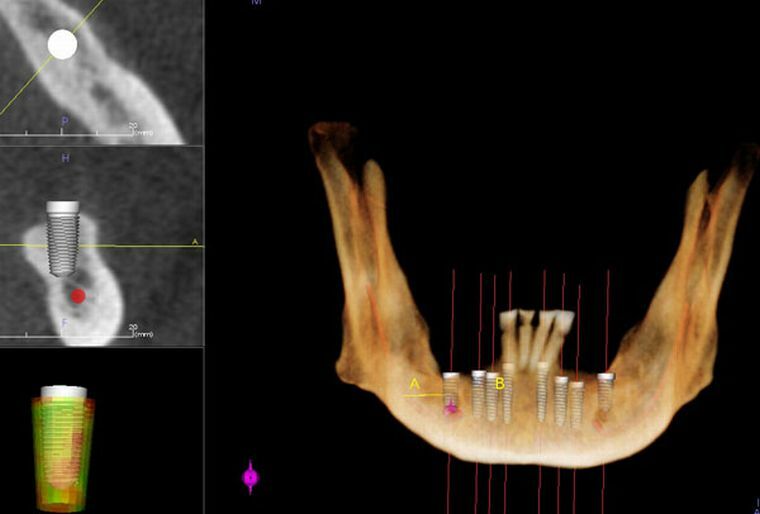
Computer model of the future implant
At the surgical stage
Depending on the choice of the procedure of prosthetics, the operation is performed in one or two stages.
In the first method, the installation of a non-dismountable dental implant is performed in the socket of the removed tooth.
In the second method, the first task of the first phase of the surgical stage after the application of anesthesia is the modeling of the bed for the prosthesis.
The jaw bone is cut through the crest of the alveolar process and exfoliates the muco-periosteal flap, after which the ball milling tool marks the bone bed in the place planned for implant mounting( some marking technologies do not require).
Using a drill with a diameter of 2 to 2.5 mm, the canal is prepared in the jaw to a depth equal to the height of the intraosteal support segment of the implant.
To expand the channel, drills of a successively increasing diameter are used; for final modeling of the bed, a sweep is used, either a milling cutter( in the case of a prosthesis with a cylindrical base) or a tap( in the variant with a screw base).
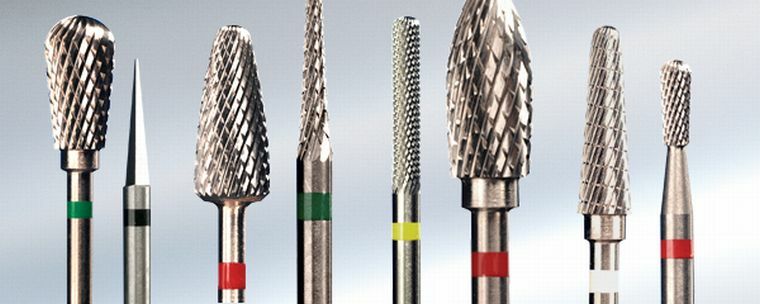
Dental cutters
In the variant with a plate or combined type of prosthesis, the formation of the cylindrical section of the bed is completed by its preparation under the plate segment with the use of fissure burs.
The next task of the first stage is to install the implant - a screw is screwed in, a cylindrical or plate structure is mounted in the simulated bed, using the appropriate tools.
To prevent tissue from entering the prosthetic canal into the abutment installation site, the cap is screwed in the next step.
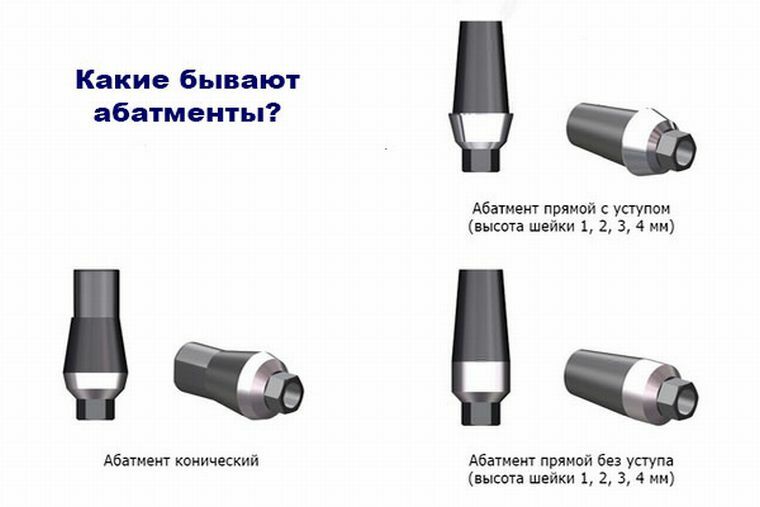
The surgical stage is completed by suturing - after the end of the installation of the jaw segment of the implant the flaps of the periosteum and mucosa are restored to their original position, the incision is tightly sewn.
The essence of the II phase of the surgical stage is to unscrew the cap through a microcut in the gum with a twist of the gingiva former, which will be replaced later by the abutment of the implant.
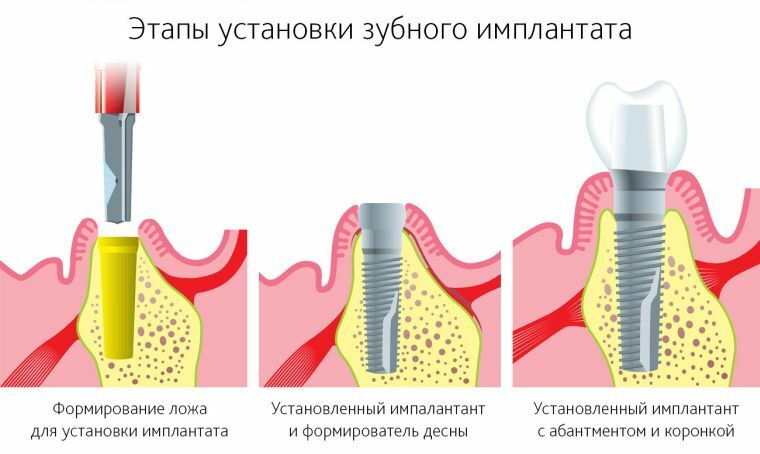
At the orthopedic stage of
The abutment is completed by making molded dentitions. According to their impressions, copies of dental rows are made, on the model of which artificial crowns or prosthesis-bridge are prepared.
Recovery and care phase
For osseointegration - implant junction with the jaw bone with the appearance of newly formed bone tissue overgrowing the surface of the prosthesis, an engraftment period is required which takes about 2 months for the lower jaw, about 3 for the upper jaw, and about 3 for the upper jaw.
Regularly visit a dentist who monitors the process. In the presence of  signs of rejection, the implant is removed to be reinstalled after healing.
signs of rejection, the implant is removed to be reinstalled after healing.
In the postoperative period, therapy is carried out using antiseptics, analgesics and other necessary drugs.
Immediately after surgery, the necessary measure is to apply ice to the area of the operation for 15-20 minutes 5-6 times during the day.
It is necessary:
- rinsing with solutions of antiseptics 10 - 15 times / day;
- use when brushing teeth with a soft brush, especially careful to be in the area of the seams;
- use of mechanically gentle food.
There is an opinion of
Reviews of patients of dental clinics who have been made dental implantation of teeth.
The story is simple: near the remote small molar tooth slowly "melted" the six, leaving in the gum "stump" with roots. The roots did not hurt, as the tooth was treated, but the "pit" turned out. On the other hand, only on the lower jaw, there was the same "pit" from the removed tooth, also sixes.
There are only three teeth - and there is nothing to chew on. I thought to put the bridge, but you need to sharpen the living teeth nearby, and I feel sorry for them. So I went about meditating, until the dentist explained that each tooth can be restored separately, by affirming it on a reliable metal "pedestal".The doctor believed it for good reason - the result is very pleased!
Nikolay, 54, Barnaul
An implant was placed instead of the bottom chewing tooth. The whole procedure took two hours, there was no pain whatsoever, then I drank Aspirin for the night. In the morning I went to work, there was no pain, only an unpleasant feeling of pressure, but after 3 days it disappeared.
Anna, 26 L, Saratov
Price as the equivalent of quality
The price of dental implantation is the equivalent of quality of care, which depends on:
- discharge of the dental clinic;
- the degree of complexity of a particular intervention;
- required number of implants;
- level of aesthetic demands of the patient.
A separate item of expenditure is the amount invested in conducting diagnostic studies and analyzes, both before and after the operation.
The list of upcoming costs looks depressing.
But it should be taken into account that as a result of the treatment there is a recovery:
- face architecture;
- chewing functions, and hence the normal operation of the digestive system and the body as a whole:
- self-esteem and respectful attitude from others.
Taking into account all the points "for" and "against", the cost of installing a single budget segment implant in Moscow at a rate of 12.5 thousand rubles does not seem supernatural.
The price of a mini-implant from different manufacturers in clinics in Moscow ranges from 7.5 to 8 thousand rubles. This is without taking into account the 10% discount for participants of the Second World War, pensioners and students.
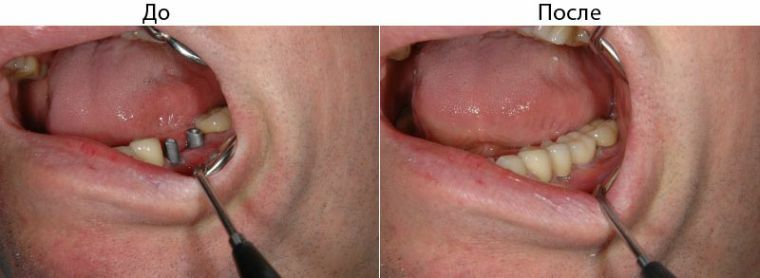
On average, the price for Moscow is for:
- prosthetics on implants - about 25 thousand;
- implantation - about 27,000 rubles.
The cost of the service in various dental centers of the Russian Federation will depend on the factors listed above.
Clinics and centers for dental implantation:
